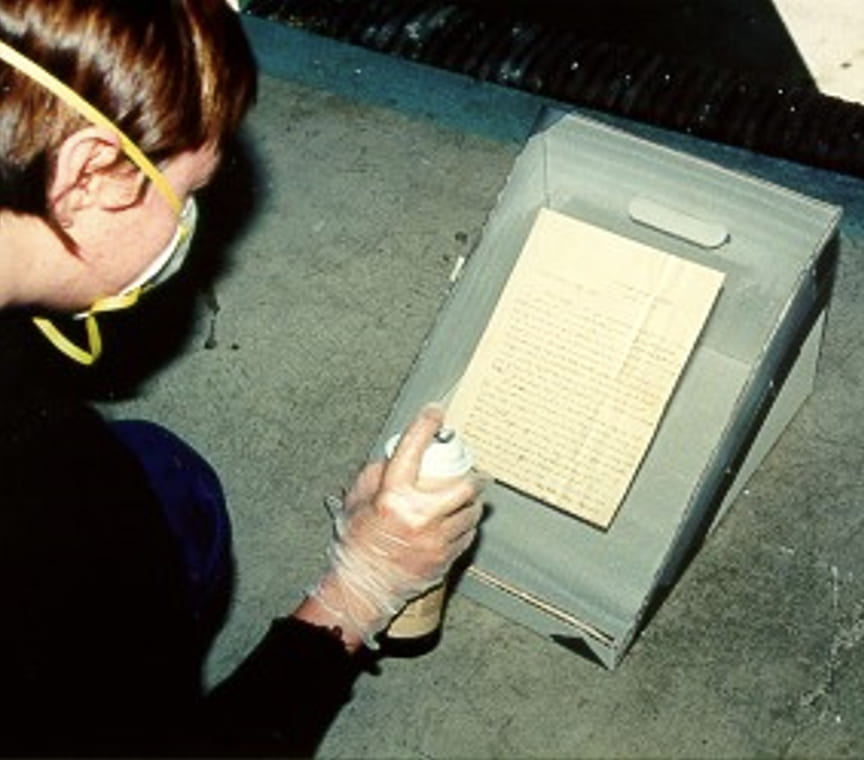
Welcome
Only a small percentage of special and museum collections are displayed to or accessed by the public, yet museums and libraries devote significant resources to their long-term curation and preservation. This open curriculum introduces and explores major issues in collections acquisition, care, access, and digitization.
BUILDING COLLECTIONS
Examines how history shapes collections and provides case examples of how museums and libraries can develop new collections strengths.
ACCESSING COLLECTIONS
Discusses who accesses collections and investigates ways that access can be expanded. The emphasis in this module is on in-person access.
CARING FOR COLLECTIONS
Explores multiple dimensions of collections care ranging from physical preservation to cataloguing.
DIGITIZING COLLECTIONS
Considers the complexities of creating digital versions of collections and the benefits of facilitating widespread access through digital copies.
This curriculum has been designed for an entry-level participants with an interest in collections issues. The modules provide basic background and invite the participants to consider conceptual questions regarding why and how we create, care for, and use collections. While participants will develop an appreciation for the skills and resources required to curate, manage and care for collections, this curriculum does not teach these skills. As written, it is appropriate for use as a docent/volunteer development activity, in an advanced high school course, or in an introductory college course. It can be adapted for a more advanced college or university context.
Each module contains the following elements:
A slide show presentation with accompanying notes for the moderator.
The notes include a slide-by-slide script, guidelines for leading discussions, and suggestions for customization. In some cases, activities are included as both slides and as a handout for use in different contexts. The presentations are designed to be interactive, with frequent opportunities for discussion and engagement among participants. Slide shows may be presented as written, but you are also encouraged to adapt or excerpt them for use in different contexts.
Suggested open-access readings and discussion questions
All suggested readings were available without subscription or paywalls at the linked URLs as of September 15, 2020. The readings are divided into three categories:
- Short Readings are typically written for a public audience (e.g., news articles, blog posts) and are appropriate for use in a one-time workshop. They are short enough that 15 minutes could be allocated to having the participants read them during the session.
- Academic Articles are longer analyses that are accessibly written but intended primarily for a professional or scholarly audience. These go into greater depth on the topics and provide perspectives that reinforce the themes of the presentation. These would be appropriate assigned readings for an undergraduate course.
- Professional Resources are typically lengthy detailed guides that provide an overview of the issues discussed in the module. These would be interesting for participants to skim to get a sense of the scope of knowledge required for professionals in these fields, and are good sources to recommend to participants who wish to go more in depth.



